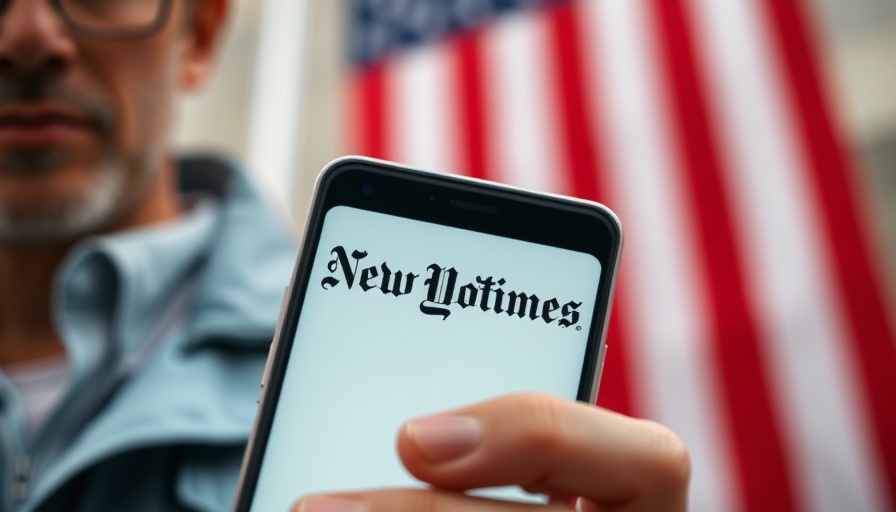
The Legal Landscape of Defamation: Key Takeaways from the Sarah Palin Case
In a noteworthy legal battle, a jury has ruled that the New York Times did not libel former Alaska Governor Sarah Palin in a defamation case she had brought against the newspaper. The case emerged from a 2017 editorial that linked Palin to the incitement of violence related to a 2011 mass shooting. This ruling underscores the complexities and challenges involved in defamation cases, particularly those concerning public figures.
Understanding Defamation Law: A Brief Overview
Defamation, which encompasses slander (spoken words) and libel (written statements), requires the plaintiff to prove that the statement in question was false and harmful to their reputation. Public figures, like Palin, face a higher burden of proof due to the precedent set by New York Times Co. v. Sullivan, which demands proof of actual malice - the knowledge that a statement was false or reckless disregard for its truth.
The Implications of the Ruling for Journalism and Public Discourse
This ruling not only impacts Palin's reputation but also raises concerns about the media's freedom to discuss public figures without fear of legal retribution. The importance of robust journalism cannot be overstated, especially in the context of political discourse and accountability. The verdict could potentially embolden news organizations to tackle controversial topics, as they navigate the fine line between accountability and potential litigation.
What This Means for Public Figures and Claims of Defamation
Public figures like political leaders and celebrities must tread carefully when considering defamation claims, especially since they have more stringent standards to meet. This ruling serves as a reminder that while freedom of the press is crucial, public figures' right to protect their reputations is equally significant. For individuals in the public eye, understanding the nuances of defamation law can help them better navigate the media landscape.
Future Trends in Defamation Cases: A Shift in Landscape?
The landscape for defamation cases appears to be evolving, particularly in the wake of high-profile rulings like Palin's. As cases involving public figures continue to make headlines, courts may increasingly define the boundary between protected speech and defamation. It's imperative for businesses, media entities, and public figures to remain aware of these shifts, as they could influence how disclosures and commentary are handled.
The Role of Social Media: An Increasingly Complicated Arena
In today's digital age, social media adds another layer of complexity to defamation cases. False statements can spread rapidly, impacting reputations in real-time. It raises questions about the responsibility of platforms and users alike. Moreover, the issue of whether social media posts can qualify as defamation remains a critical point of contention.
Conclusion: Reflecting on the Significance of the Ruling
The jury's decision in Palin v. New York Times serves as a significant moment within the broader context of journalism and public discourse. It highlights the need for a balanced approach that respects both free speech and the reputations of individuals. For those navigating the complex interplay between media coverage and personal reputation, this ruling is a crucial reference point.
 Add Element
Add Element  Add Row
Add Row 



Write A Comment